Why Eco-Friendly Wood Is the Future of Sustainable Furniture in India
indowud2025-07-16T11:27:32+00:00Let’s chat about something incredibly close to our hearts (and homes!): furniture. We love our solid wood pieces – the smell, the grain, the stories they tell. But have you ever paused to think about where that wood comes from? And what impact does its journey have on our planet, especially right here in India?
The truth is, the traditional approach to sourcing wood for furniture is no longer sustainable. It’s contributing to a global crisis. But here’s the exciting part: Eco-Friendly Wood Is the Future of Sustainable Furniture in India, and it’s a future that’s already here, offering incredible beauty without the environmental baggage.
The Elephant in the Room: Deforestation and Its Climate Catastrophe
Let’s not beat around the bush. The biggest threat posed by unchecked timber harvesting is deforestation. India, like many nations, has laws in place, such as the Indian Forest Act of 1927 and the Forest (Conservation) Act of 1980, aimed at regulating forest use and preventing illicit felling. There are also efforts like the National Forest Policy (1988) promoting compensatory afforestation and sustainable forest management. But the pressure on our forests remains immense.
Why is deforestation such a big deal?
- Climate Change Accelerator: Forests are often called the “lungs of the Earth.” They absorb massive amounts of carbon dioxide (CO2), a primary greenhouse gas, from the atmosphere. When forests are cut down or burned, this stored carbon is released back into the atmosphere, accelerating climate change. This leads to rising global temperatures, more extreme weather events (like the intense heatwaves we experience in India), melting glaciers, and rising sea levels. It’s a feedback loop that none of us want.
- Biodiversity Loss: Forests are vibrant ecosystems, home to countless species of plants and animals. Deforestation destroys these habitats, pushing many species towards extinction.
- Disruption of Water Cycles: Trees play a crucial role in regulating water cycles, preventing soil erosion, and maintaining water quality. Their removal can lead to increased flooding, droughts, and desertification.
- Impact on Indigenous Communities: Millions of people, including many tribal communities in India, depend directly on forests for their livelihoods and cultural heritage. Deforestation displaces them and disrupts their way of life.
So, when you see a piece of furniture made from uncertified, illegally sourced timber, you’re looking at a piece that carries the heavy cost of environmental degradation.
Breathing Easy? Not So Fast: VOCs and India’s Air Quality
Beyond deforestation, there’s another insidious threat hiding in plain sight, often within our own homes: Volatile Organic Compounds (VOCs). These are gases emitted from various solids and liquids, and they are surprisingly prevalent in traditional furniture. Think of that “new furniture smell” – often, that’s VOCs off-gassing.
Why should you care about VOCs?
VOCs can have a range of adverse health effects, from short-term irritation (eyes, nose, throat, headaches, nausea) to long-term issues like liver, kidney, and central nervous system damage. Some VOCs are even suspected or proven carcinogens. And guess what? Concentrations of many VOCs are consistently higher indoors (up to ten times higher!) than outdoors. So, that beautiful, traditional wooden cabinet could be silently compromising your indoor air quality.
While vehicular and industrial emissions are major culprits, another significant contributor, especially in northern India, is stubble burning. Farmers burning crop residue after harvest leads to massive plumes of smoke and particulate matter, significantly deteriorating the Air Quality Index (AQI) in vast regions during certain seasons.
The Dawn of Eco-Friendly Wood: A Sustainable Path Forward
The good news? We’re not helpless in the face of these challenges. The demand for sustainable, eco-friendly furniture is growing, and with it, innovative solutions are emerging. When we talk about “eco-friendly wood” for furniture, we’re talking about materials that address these issues head-on:
- Certified Sustainable Wood: This means timber sourced from forests managed responsibly, where trees are replanted, biodiversity is protected, and local communities are respected. Look for certifications like FSC (Forest Stewardship Council) – a global benchmark for responsible forestry.
- Reclaimed and Recycled Wood: Giving old wood new life from salvaged buildings, old furniture, or industrial waste. This reduces the demand for new timber and minimizes waste.
- Fast-Growing, Renewable Resources: Materials like bamboo and rattan are excellent eco-friendly choices because they grow rapidly and can be harvested without significant ecological impact.
- Advanced Natural Fiber Composites (NFCs) & Wood Plastic Composites (WPCs): This is where true innovation shines, offering the look and feel of wood without cutting down trees, and with added benefits.
And right at the forefront of this revolution is Indowud NFC.
Indowud NFC: Crafting the Future, Sustainably
Indowud NFC embodies everything “eco-friendly wood” stands for, and then some. It’s not just a material; it’s a commitment to a healthier planet and healthier homes.
- Zero Deforestation Impact: The most compelling aspect? Indowud NFC is made from rice husk, a readily available agricultural waste product. By utilising this waste, it eliminates the need to cut down trees for furniture production, directly combating deforestation. It also helps manage agricultural waste, reducing the practice of stubble burning and improving air quality.
- Zero VOCs, Improved Air Quality: Unlike many traditional wood products, Indowud NFC is manufactured without harmful formaldehyde or other VOC-emitting chemicals. This means your furniture contributes to clean, safe indoor air, protecting your family’s health. You can literally breathe easier knowing your furniture isn’t off-gassing toxins.
- Durability and Longevity: Eco-friendly doesn’t mean compromising on quality. Indowud NFC is incredibly durable, waterproof, termite-proof, and fire-retardant. This means your furniture will last for years, reducing the need for frequent replacements and further minimising environmental impact.
- Versatility in Design: Indowud NFC can be cut, carved, routed, and even thermoformed (bent with heat) into intricate designs, offering unparalleled creative freedom. This means designers and manufacturers can create stunning, modern, and traditional furniture pieces that meet diverse aesthetic preferences, all while being environmentally responsible.
- Closed-Loop Sustainability: Indowud’s commitment extends to being 100% recyclable. At the end of its long life, the material can be repurposed, closing the loop and further minimising waste.
Imagine a stylish dining table, a cozy bedroom set, or sleek office furniture, all crafted from a material that not only looks fantastic but actively contributes to a greener planet. From solid-looking panels for cabinets and wardrobes to intricately designed interior doors, partitions, and decorative elements, Indowud NFC offers a vast spectrum of possibilities.

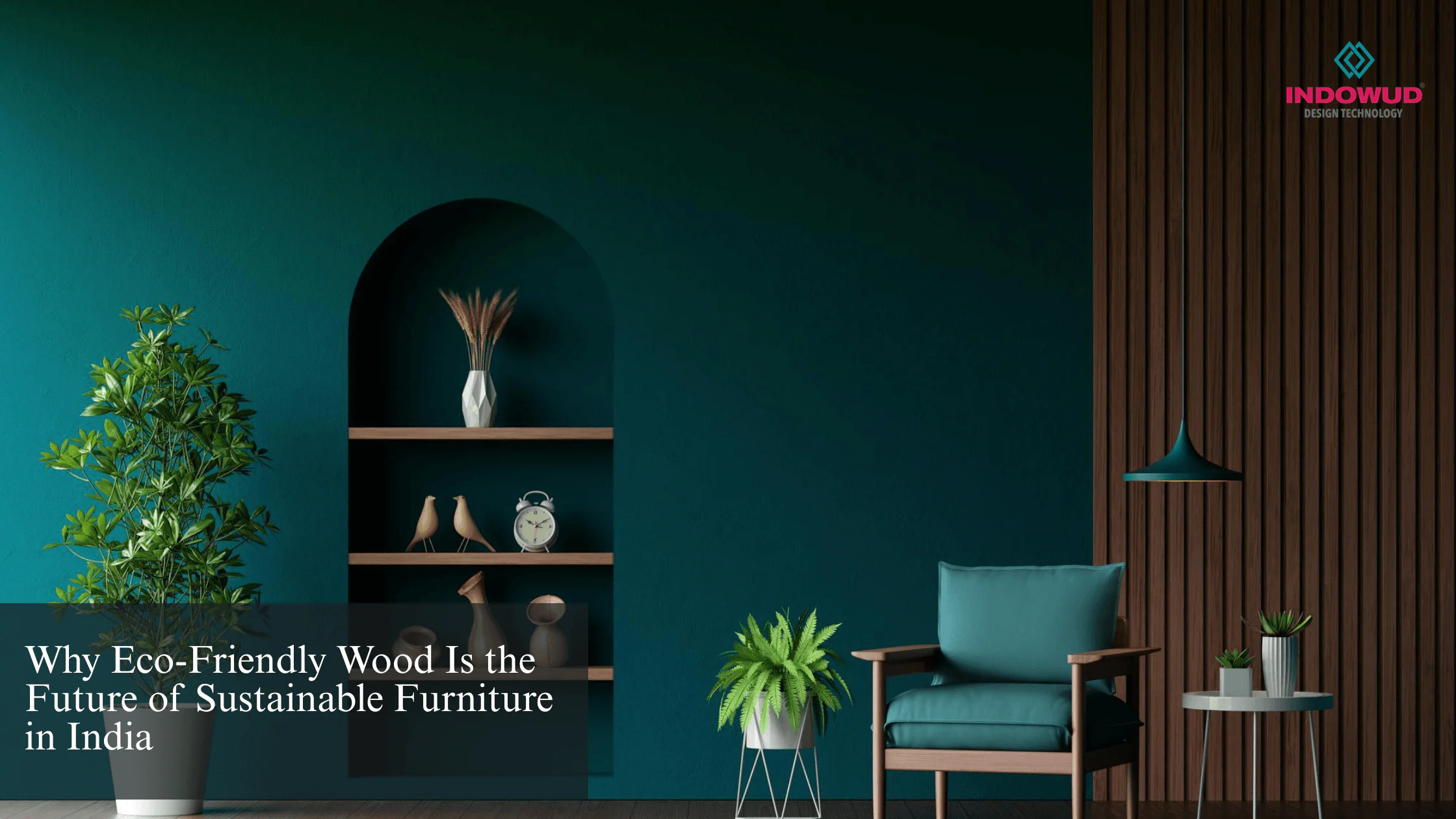

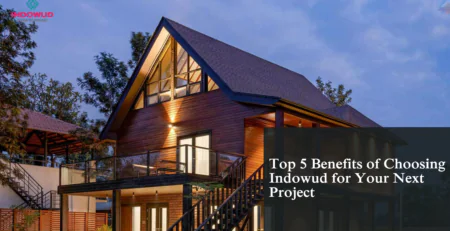
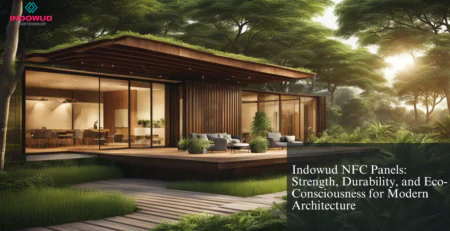



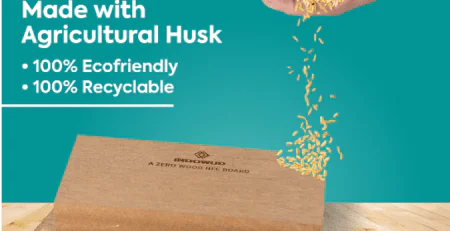
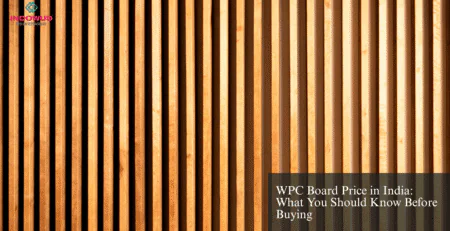
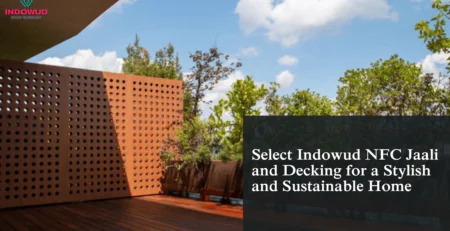

Leave a Reply